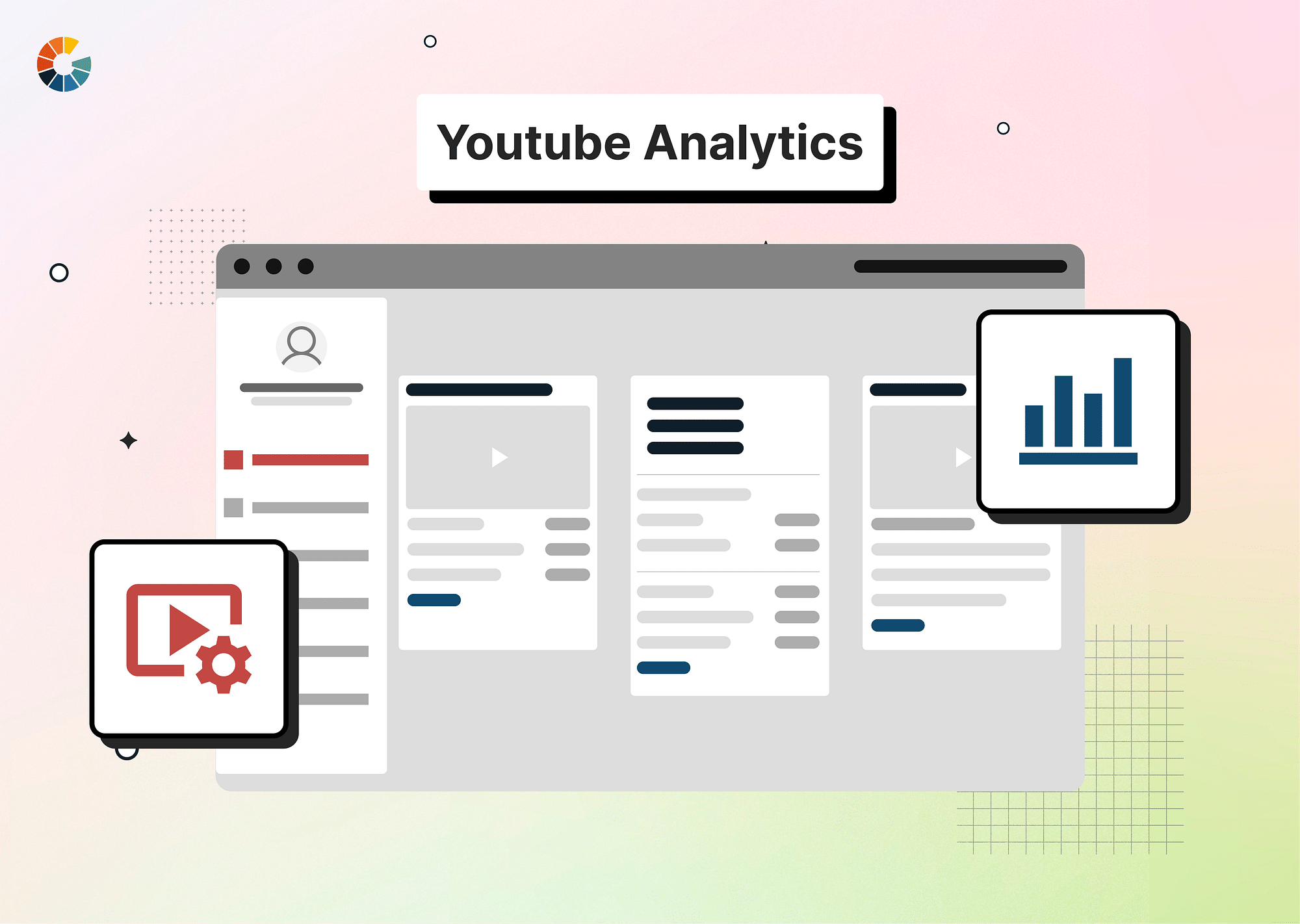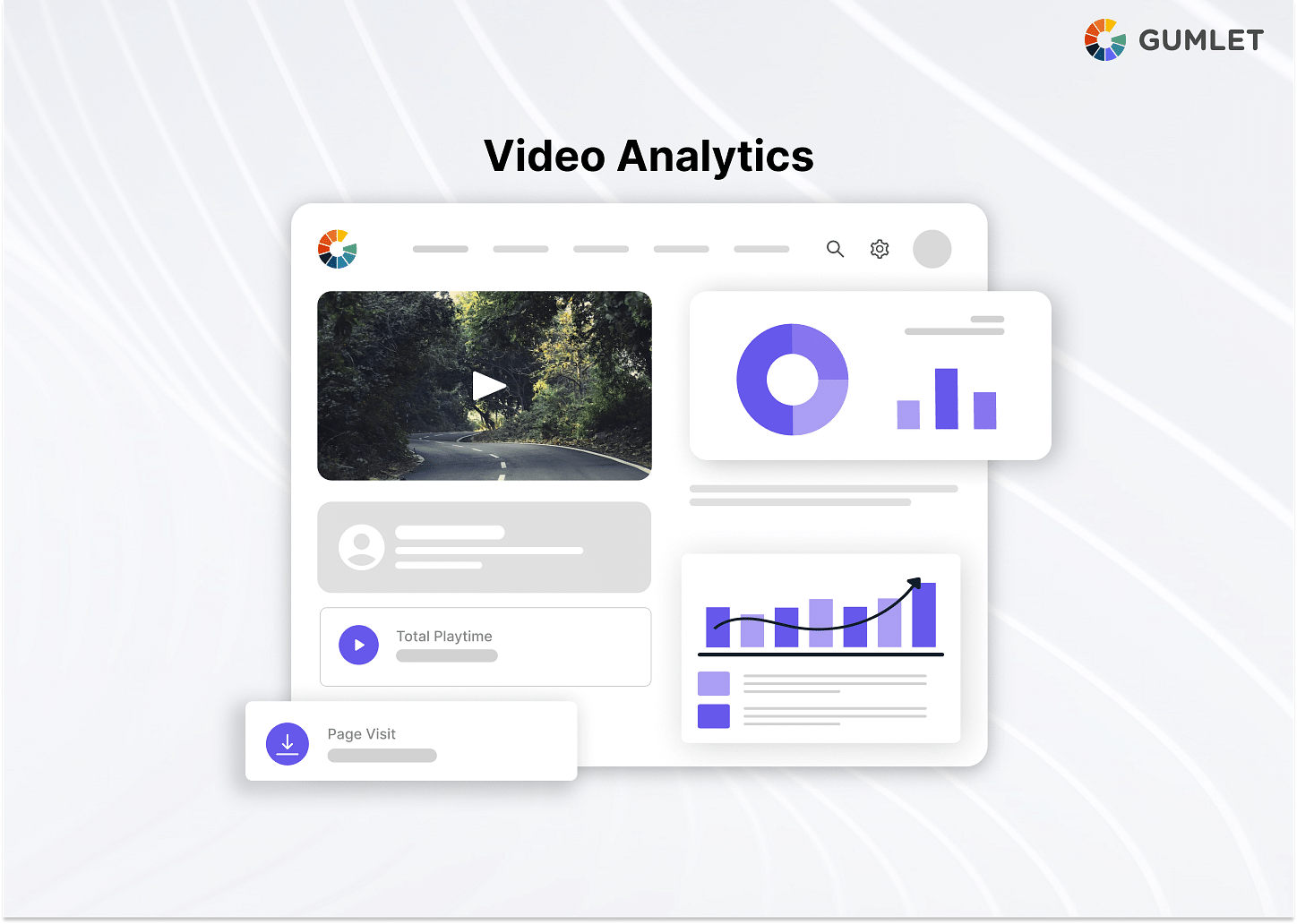According to a recent study, online video accounts for two-thirds of all mobile traffic. This is unsurprising, given that online video is an incredibly engaging medium. To capitalize on this trend, broadcasters need to optimize their videos for engagement. Doing so can increase viewership and keep people coming back for more.
Introduction: What is the purpose of video analytics?
Video analytics is the process of extracting insights from video content. It can track viewer engagement, understand what content is most popular, and identify areas for improvement.
When used correctly, video analytics can be a powerful tool for broadcasters. By understanding how viewers interact with their content, hosts can make informed decisions about what to produce and how to engage their audience better.
There are many different types of video analytics, but some of the most common include:
- Engagement metrics measure how long viewers watch a particular piece of content and their behavior on a particular video. It can also track which videos are the most famous and identify areas for improvement.
- Click-through rate (CTR) calculates the proportion of times viewers click a link after watching a video. It can follow which videos are the most effective at driving traffic to a site or other destination.
- Content popularity counts the number of times a piece of content is shared or liked.
- Video quality helps identify issues affecting viewer engagement, such as buffering or latency problems.
- Ad performance focuses on understanding how viewers interact with advertisements played before, during, or after videos.
What are the benefits of video analytics?
Video analytics can provide several benefits for broadcasters, including the ability to:
Track viewer engagement
Video analytics provides data on how long viewers watch a particular show or channel, what time of day they are most likely to watch it, and which demographics are most interesting. This allows broadcasters to gauge the effectiveness of their programming and make necessary adjustments.
Identify areas of improvement
If a broadcaster is not providing enough coverage of a particular event, video analytics can help identify this, and they can then take steps to improve their coverage. Additionally, video analytics can also help identify areas where a broadcaster's signal is weak or where there is interference, which the host can then address.
Optimize content delivery
Identifying when viewers are tuning in and out of their programming, what type of scope is most favored, and where viewers are located are the details that can be manipulated to optimize content delivery so that viewers have a better experience and are more likely to stay tuned in.
Understand their audience
A better understanding of who is watching their channel can be used to choose what content to show and when to show it more effectively. This can lead to increased viewership and ratings, which can lead to more advertising revenue.
Target specific demographics
Advertising and promotions can be targeted more successfully and will boost revenues. Correspondingly, this can then be used to create programming that is more likely to engage and keep viewers.
Improve the overall quality of their broadcasts
This enables them to detect and address any broadcasting issues before they worsen quickly. As a result, broadcasters can improve the overall quality of their broadcasts and avoid potential customer complaints.
How do you analyze video performance?
There are several ways to analyze video performance. Here are some key metrics that broadcasters should look at:
- Viewership: How many people are watching your videos? This can be broken down by day, week, or month.
- Engagement: How long do people watch your videos? Are they watching the whole thing or just skipping around?
- Shares: How often are your videos conveyed on social media or other websites?
- Comments: What are spectators saying regarding your videos? Positive feedback can improve forthcoming videos, while negative feedback can support you troubleshoot issues.
The Challenges to Improve Video Engagement
Broadcasters face a few challenges when using video analytics to improve their video engagement. First, it can be difficult to collect accurate and reliable data. This is because audiences often view videos on various devices, including smartphones, tablets, and computers. Additionally, viewer behavior can vary depending on the day or week. As a result, it can be challenging to get a complete sight of how viewers interact with content.
It also can be difficult to interpret video analytics data. This is because a lot of data can be collected from viewers. Due to this, broadcasters need access to tools and resources that can help them understand and interpret the data.
Furthermore, broadcasters must be cautious about using video analytics data to make decisions. This is because the data can sometimes be tricky. For example, a host may see that a particular video is gaining a lot of views but not understand why. In this case, it is essential to consider other factors, such as the length of the video or the topic, before deciding what type of content to produce. Using a teleprompter can also help ensure that your videos are high-quality and informative.
Despite these challenges, video analytics can be a valuable tool for broadcasters looking to improve their video engagement. By understanding how viewers interact with content, broadcasters can make informed decisions about what type of content to produce and how to distribute it best. Additionally, video analytics can help hosts identify viewer engagement issues, such as buffering or latency problems.
The Future of Video Analytics and Broadcaster Engagement
Looking ahead, it is clear that video analytics will continue to play a significant role in increasing broadcaster engagement. As more and more people consume online video, broadcasters need to find ways to stand out from the crowd. Using data to their advantage, they can ensure that their videos are seen by the people who matter most and that they provide value for their viewers.
FAQs
1. Why do videos increase engagement?
Videos are a great way to engage with audiences because they can provide visual stimulation, convey information quickly and effectively, and be entertaining. They can grab attention and keep viewers engaged, encouraging them to take action or learn more. They can also build relationships, establish trust, and create community.
2. What is video engagement?
Video engagement measures how much viewers interact with a video, such as how long they watch it, how many times they watch it, and how they interact with it, including likes, shares, and comments. It is used to measure a video's success and identify improvement opportunities.
3. What is good video engagement?
Good video engagement is when viewers actively engage with the video, such as commenting, sharing it on social media, and watching it multiple times. This is an indication that the video is resonating with viewers and that it is successfully reaching its intended audience.
4. Is engagement better than views?
Views can be a valuable metric for gauging the popularity of your content, but engagement is a more reliable measure of the success of your content. It all depends on what your goals are at the end.




